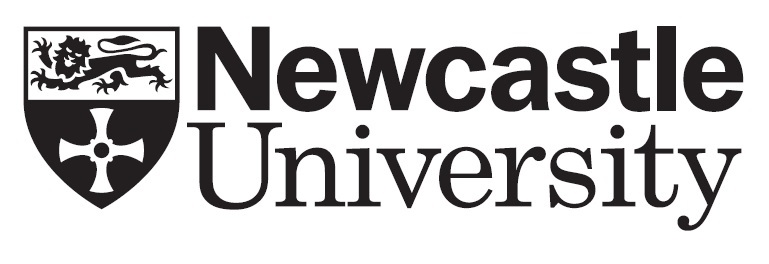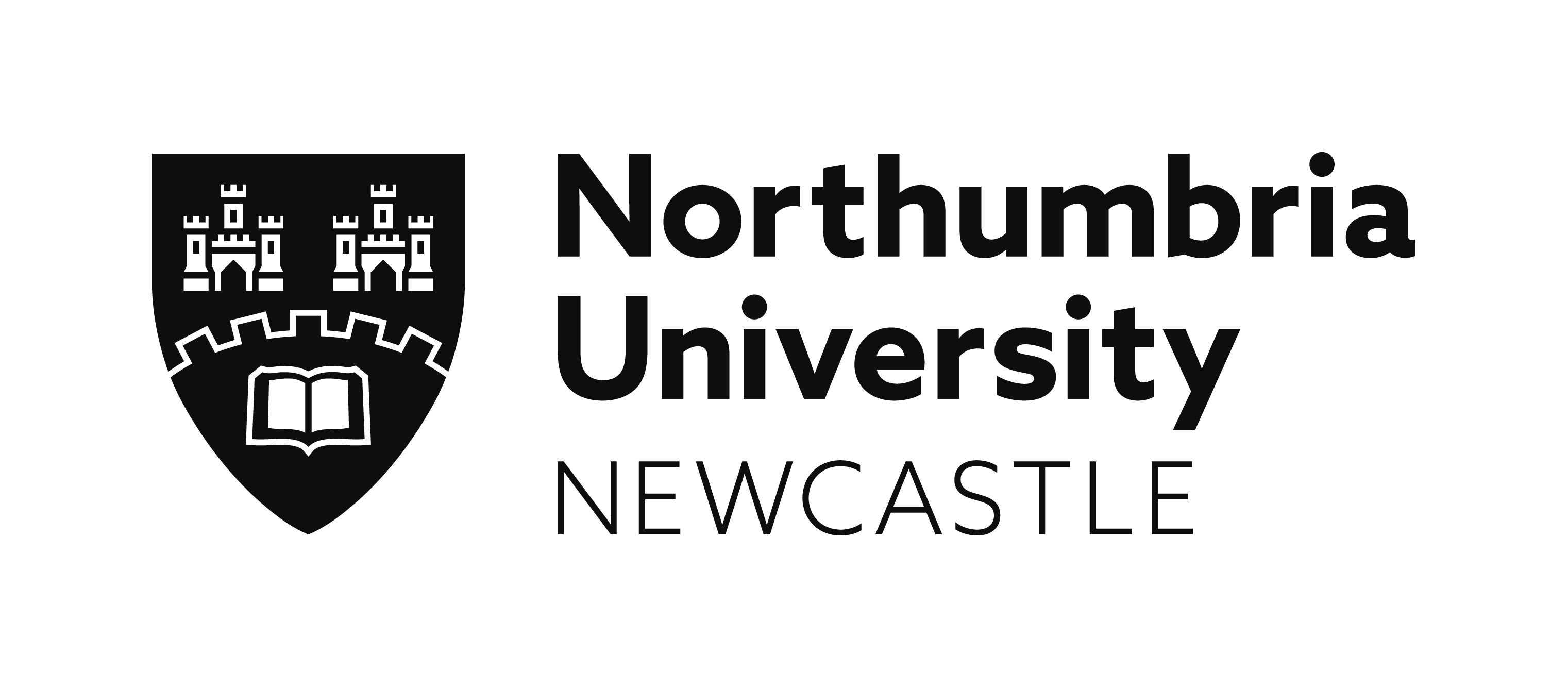Art, Labour and Inequality: Interdisciplinary perspectives
Dave O’Brien, University of Edinburgh
Harry Weeks, Newcastle University
Art history and art theory have become increasingly attendant to the field of art’s status as a site of labour in recent years. Julia Bryan-Wilson and Angela Dimitrakaki have sought to reconfigure the artist as ‘art worker’, while Gregory Sholette and Hito Steyerl have shed light on the unpaid ‘dark matter’ underpinning art’s economies. Parallel to this, cultural sociologists (Pascal Gielen, Angela McRobbie) have turned towards the labour of the art field as a means of unpicking the entrenched inequalities (gender, race, class) of the cultural sector, and how these might impact upon cultural and social reproduction more broadly. The 2018 Panic! report into cultural inequality has gained substantial traction in the museums and galleries sector, but has yet to significantly feed into art-historical and art-theoretical discussions. In the spirit of interdisciplinary exchange, this session brings these two discourses into conversation, asking what they might learn from one another. We ask how the conjunction of sociological, historical and theoretical methodologies might serve both to enhance understandings of artistic labour, and to materially impact upon labour inequalities in the field of art.
Speakers
Contemporary Art Work: Artist-run spaces in Scotland
Nikki Kane (University of Edinburgh)
Managing Labour in A Fair Land (2016)
Gráinne Coughlan (Technological University Dublin)
Leftover Merch: Collective work under Tory rule
Ash Reid (Goldsmiths, University of London)
Panic and Prejudice: Class and inequalities in art-making and art history
Danielle Child (Manchester School of Art, Manchester Metropolitan University)
Care at Work: Towards a feminist art institution
Lucy Lopez (Birmingham School of Art, BCU & Eastside Projects)
Art, Labour and Inequality: Between the state and the sponsors
Andrea Phillips (Northumbria University)
Click here to download this session's abstract or view below
Contemporary Art Work: Artist-run spaces in Scotland
Nikki Kane (University of Edinburgh)
Artist-run spaces are thus far an under-researched phenomenon within art history. However, they offer a particularly concentrated context through which to examine the complexities of artistic labour, inequality, and curatorial and organisational practices. Such organisations are noted as being of particular significance in the development of contemporary art practices within Scotland – while being mostly "delivered by people working in a voluntary and unpaid capacity" as pointed out by Creative Scotland in its 2016 Visual Arts Sector Review (p. 13). This aspect might be simultaneously viewed as operating outside of the limitations of formal institutions with critical and independent artistic activity; whilst also offering ‘professional development’ and work experience for ‘early-career’ practitioners, representing a form of ‘aspirational' labour that rests on ideas of employability.
This paper takes artist-run spaces in Scotland as a starting point through which to examine artistic labour, acknowledging the particularly fertile context of a new Creative Scotland-initiated programme that, working with five artist-run spaces, aims to explore their models of working. As a former voluntary committee member and current board member of one of the participating organisations, this paper benefits from my first-hand insight into the issues raised, and analyses them in the context of related interdisciplinary literature, including conceptions of art worlds; art as work; and institutional critique and the subsequent co-opting of this into management practices. Ultimately, this paper offers an optimistic view of artist-run spaces and their potential for practice-led and experimental approaches to working models, while emphasising the urgent need for this to be tempered and supported by art-historical context and interdisciplinary research.
Managing Labour in A Fair Land (2016)
Gráinne Coughlan (Technological University Dublin)
“That’s an absolute guarantee it won’t be fair at all”. This was how Adam Sutherland, director of British arts organisation Grizedale Arts, referred to the title of the participatory art project A Fair Land, in the literature produced for the project which was developed by Grizedale Arts and the Irish Museum of Modern Art (IMMA) from 12 to 28 August 2016.
Manifesting as a village in IMMA’s courtyard, A Fair Land according to Sutherland modelled a viable system for living based on a supply of courgettes, which explored the value of simple but abundant resources by inviting participants to grow food, manufacture objects and maintain the village’s simple economy.
On the one hand, both IMMA and Grizedale Arts emphasised the project as a utopian experiment based on collective labour and self-organisation in opposition to ‘professionalised culture’. On the other, Sutherland was sceptical of this institutional discourse and presented A Fair Land as a more opaque model of management obscured from participants, based on hierarchical labour and managerialism. His scepticism influenced participants’ labour but also the delegation of work between Grizedale and IMMA.
Leftover Merch: Collective work under Tory rule
Ash Reid (Goldsmiths, University of London)
In 1982, the British trade union ACTT (the Association of Cinematograph, Television and Allied Technicians), now BECTU (the Broadcasting, Entertainment, Communications and Theatre Union) agreed with the newly commissioned Channel 4 a framework for its Workshop Declaration, which asked for groups to take on an ‘integrative practice’ model that included distribution and teaching work in exchange for a more regular and sustained source of income for independent film and videomakers working in socially and politically engaged, community-led projects. Brought forth whilst under a strongly anti-union Conservative government, the Declaration became obsolete by the end of this decade due to changing regulation within Channel 4 itself, with many groups unable to maintain the many services they now ran under the integrative practice scheme.
Focusing specifically on the Declaration’s effect on the activities of two feminist collectives who came to operate under its terms, WITCH in Liverpool and the Sheffield Film Co-op, this paper will ask what can be learnt from these histories with regard to a contemporary art market once again looking to confront its inherent cultural, racial and economic biases monitored by an increasingly far-right oppressive ruling class. With M. NourbeSe Philip's 1992 essay 'Why multiculturalism will never end racism' as a starting point, I will explore how notions of equality attainment, historically formulated and conceptualised under terms of access, have been used somewhat conversely to widen the scope of neoliberalist production models that dismantle the more radical forms of sociality they base themselves upon.
Panic and Prejudice: Class and inequalities in art-making and art history
Danielle Child (Manchester School of Art, Manchester Metropolitan University)
In 1997, New Labour launched the creative industries in the UK which, it could be argued, signalled the subsumption of cultural work into capitalist production proper. The creative industries ranged from work in television, computer games design, through to the gallery and museum sector. Under Blair’s government, attempts were made to bridge the perceived gaps between those who engaged with high art and those who did not through free national museum access and the ideological appropriation of working class, industrial sites for new cultural centres (Tate Modern, and later, the Baltic, for example). While the sites of a waning industrial labour in the UK have been repurposed for the arts, the Panic! Social Class, Taste and Inequalities in the Creative Industries (Brook, O’Brien and Taylor 2018) report has demonstrated that people from working class backgrounds are less welcome employees for the arts and creative industries. This paper will attempt to bridge the discussions around social class and employment in the arts and creative industries raised in the Panic! report and that of art history by asking: who is making works of art and who is writing about them? It will look to (what I term) hidden labour in the arts while also considering the effects of a discipline with a problematic history of elitism.
Care at Work: Towards a feminist art institution
Lucy Lopez (Birmingham School of Art, BCU & Eastside Projects)
Drawing on feminisms, institutional analysis, care theory and artistic labour, this paper proposes a framework for instituting with care: applying the same thought, the same rigour and criticality, with which we form artistic programmes, to the art institution itself; its modes of instituting, its management, its working culture, with a view to modelling the art institution as a figure of that which we would wish to institute in the world. So often, organisations with a forward thinking, radical and political programme, do not apply the same criteria to the way that they organise staffing, the way they approach care and reproductive labour, the nature in which they decide the priorities and working policies of the institution. In this, I will draw on both exhibitionary and institutional examples, including Policy Show, an exhibition I curated at Eastside Projects, Birmingham, as well as the work of the Manual Labours, Feminist (Art) Institution, and the Women’s Centre for Creative Work. I will make reference to the writing of Maria Puig de la Bellacasa, Angela Dimitrakaki, Joan Tronto and Nataša Petrešin-Bachelez. In thinking how a caring institution could be modelled in real terms, I will frame a practice of care internal to the organisation (which takes a feminist approach to work, reconsidering structure and policy); and quite directly, a practice of care for our place in the wider ecology.
Art, Labour and Inequality: Between the state and the sponsors
Andrea Phillips (Northumbria University)
In the UK, sociologies of education across generations have diagnosed the initiation rituals and practices of inequality production within primary and secondary education in the UK. Whether in the classroom or playground, school is seen in these narratives to both stabilise and destabilise divisions imposed by differential treatments based on class, gender and race. The division between private and state education has recently risen to the fore as a debate being reignited by the development of free and new grammar schooling in the UK. Supplementary education has, in a more complex narrative, produced spaces of liberation and cultural sustenance and further financialised elitism.
Yet in the arts, education (‘schooling’, ’learning’, ‘pedagogy’) has become a fetishised space of civic engagement, promising both reskilling, lifelong learning and liberation from everyday inequities including the actualities of poverty. Recent debates on cultural value alongside slow morphologies in cultural funding have come to hold inclusive creative engagement as a prize won more easily through arts institutional programmes than the quotidian and assessed realities of state school.
Given this scenario, one might imagine a future for the UK in which education is devolved to the free spaces of creativity provided in the cultural sector (which cost less and are seemingly better at dispersing inequalities, however elliptically) than state schools. Or, is there an alternative, in which the arts sector accepts its divisive behaviour and instead develops forms of solidarity that stand alongside the state education sector?
Sutherland’s comment prompts consideration of the fairness of labour in the project. Drawing from management studies and organisational aesthetics, this paper firstly examines the distribution but also the management of labour. Secondly, rather than assume participation per se as a democratic gain, the paper explores good management as a necessary tool to negotiate equitable distribution of labour in participatory art. To this end, it compares how labour was managed in the model village and in the inter-institutional relationships that produced it.
|
|
|
|
|
|
Supported by
Conference Sponsors
![]()
ASSOCIATION FOR ART HISTORY
![]()
Terms & Conditions
![]()


